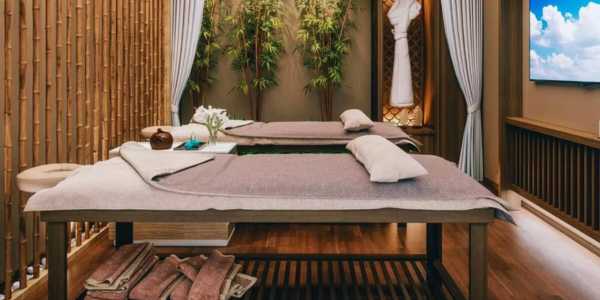How to Properly Care for and Clean Your Massage Equipment
Keeping your massage equipment clean and well-maintained is essential for ensuring good results.
Ad
Taking care of your massage equipment is not just a matter of hygiene. It is also a gesture of respect for your own well-being or for the comfort of those who trust you to relax.
Clean and well-maintained equipment speaks volumes about how you take care of yourself and others.
Ad
Whether at home, in an office, or in a therapy studio, the cleaning routine may seem simple, but it makes a huge difference.
Besides keeping everything working properly, it prevents contamination, wear and tear, and even discomfort during use.
Ad
And the best part? It doesn’t have to be complicated. With some practical care, you can keep everything in order, without stress or wasting time.
Learn in this article how to keep your massage equipment in perfect condition, with simple and useful guidelines for your daily life.
1. Proper Cleaning for Each Type of Massage Equipment
Not all massage equipment is the same, so the care also changes according to the material, structure, and usage.
- Portable electric massagers: should be cleaned with a damp cloth and mild soap. Never immerse in water and avoid spraying liquids directly on buttons.
- Massage chairs: wipe with a soft cloth and a mild cleaning product on the surface. Pay special attention to areas with more skin contact.
- Manual equipment (rollers, hooks, sticks): can be washed with warm water and mild soap, provided they are thoroughly dried afterward.
- Hot or cold stones: must be washed after each use with soap and water, and disinfected with an appropriate product.
Remember: the rule is to always clean immediately after use. This way, you avoid residue buildup and ensure safer use in the next session.
2. Recommended Products to Sanitize the Equipment
The secret to good cleaning is also in the products you choose.
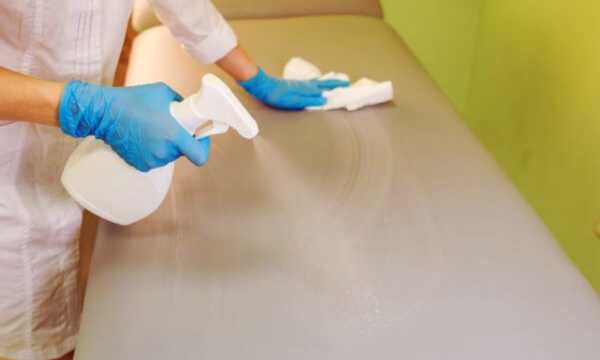
Cleaning the massage table (Google Source)
Avoid homemade solutions or abrasive items that could damage your massage equipment.
Prefer:
- Neutral soap or mild detergent, ideal for removing light dirt without harming the equipment’s material.
- Microfiber cloths, which clean without scratching and help delicately remove dust, oils, and residues.
- Warm water, especially for manual items, as it facilitates residue removal without needing hard scrubbing.
- Gentle antibacterial sprays, designed for aesthetic use, which sanitize without damaging. They are great for reinforcing cleaning, especially on equipment used by multiple people.
Avoid as much as possible:
- Excessive alcohol, as it can dry out or damage plastics and rubbers, compromising the equipment’s structure and reducing its lifespan.
- Chlorine or bleach, which are highly aggressive and can cause stains, fading, and deterioration of surfaces.
- Perfumed products with dyes, which are not recommended for technical use and may cause allergic reactions.
- Abrasive sponges or stiff brushes, which can scratch, peel, or damage more sensitive materials like acrylic, vinyl, and delicate coatings.
Whenever possible, consult the manufacturer’s guidelines. Some equipment requires very specific care.
3. Recommended Frequency for Sanitizing Equipment
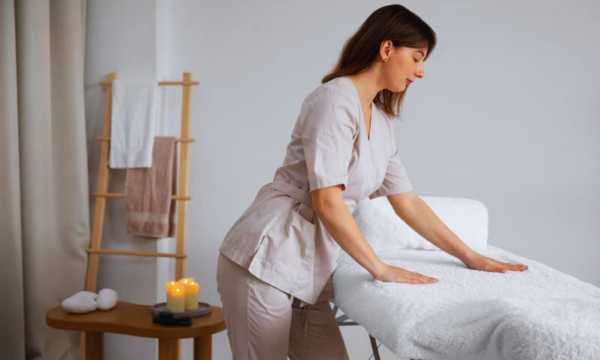
Importance of keeping items sanitized (Google Source)
The cleaning frequency depends on usage. But generally, it is ideal that sanitization is done:
After each use
If the massage equipment has direct contact with the skin, such as manual massagers, hot stones, or devices used in individual sessions, it is essential to clean immediately after use.
This prevents residue buildup and ensures hygiene, protecting both the equipment and the user’s health.
Daily
In shared environments, such as massage studios, clinics, or gyms, daily cleaning is essential.
Even if the equipment does not touch the skin directly, this routine prevents bacteria growth and keeps everything safe for frequent use.
Weekly
For infrequently used equipment or items that do not come into direct contact with the skin, such as supports, bases, or accessory items, a lighter weekly cleaning is sufficient.
This practice keeps the equipment ready for use and preserves its quality over time.
If you serve clients, cleaning between sessions is not just recommended, it is essential.
At home, maintaining the habit also prevents contamination and increases the durability of your massage equipment.
4. How to Preserve Your Massage Equipment for Longer
Preservation goes beyond cleaning. It is about creating habits that protect your investment and extend the equipment’s lifespan.
- Avoid leaving the equipment exposed to direct sunlight or excessive heat
- Store in dry places, away from humidity
- Unplug after use, especially for electric devices
- Use protective covers whenever possible
- Avoid drops or impacts that can affect internal functioning
It is also important to not overuse the equipment beyond the recommended time. Give the device breaks and always follow the manufacturer’s instructions.
5. Personal Hygiene: The Importance of Professional Care
If you attend to others, your care goes beyond the equipment.
The professional should maintain a hygiene routine that conveys trust and safety to the client.
- Hands always clean, as they are the primary point of contact with the client. When necessary, using disposable gloves helps ensure even more safety and hygiene during the session.
- Clean and appropriate clothing that conveys professionalism and comfort. This makes all the difference in how the client perceives the care and quality of service.
- Short and well-maintained nails, to avoid any discomfort or risk of scratching the client.
- Avoid strong perfumes, since intense scents may bother or even cause allergic reactions, compromising the relaxing experience that massage should provide.
This attention to detail contributes to a more professional and welcoming experience.
Conclusion
The maintenance and hygiene of your massage equipment are crucial for safety, durability, and the quality of the experience.
By adopting correct cleaning and preservation practices, you ensure not only the proper functioning of the devices but also the well-being of those who use them.
FAQs
1. Can I use 70% alcohol on my massage equipment?
It depends. On smooth and resistant surfaces, it can be used in moderation. But avoid using it on plastics, rubbers, and electronic parts.
2. Do manual equipment need special care?
Yes. Even without electricity, they accumulate residue and need to be washed and thoroughly dried after use.
3. How often should I change accessories like covers or sheets?
If reusable, wash after each use. If disposable, use only once.
4. Should I invest in specific products for aesthetics?
If you work with public attendance, yes. These products are safer, more effective, and designed for this kind of use.
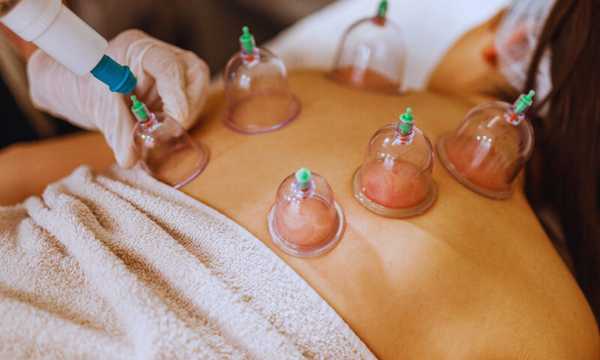 Cupping Therapy in Practice: Types of Cups and Ideal Uses
Cupping Therapy in Practice: Types of Cups and Ideal Uses
If you want to discover how cupping therapy can transform your body care routine, learning about the […]
More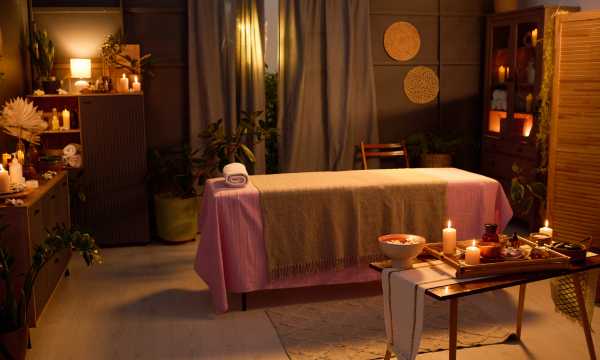 How to Transform Your Massage Room and Win More Clients
How to Transform Your Massage Room and Win More Clients
Transforming your massage room into a cozy, elegant, and inviting space can be the key to delighting […]
More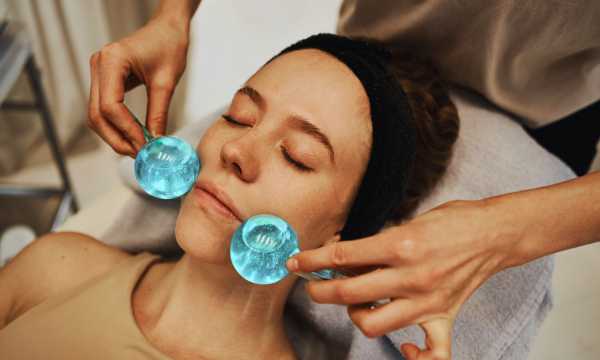 Essential Accessories for Facial Massage and How to Use Them
Essential Accessories for Facial Massage and How to Use Them
Taking care of your skin goes far beyond the daily cleansing routine: with the right accessories, facial […]
More